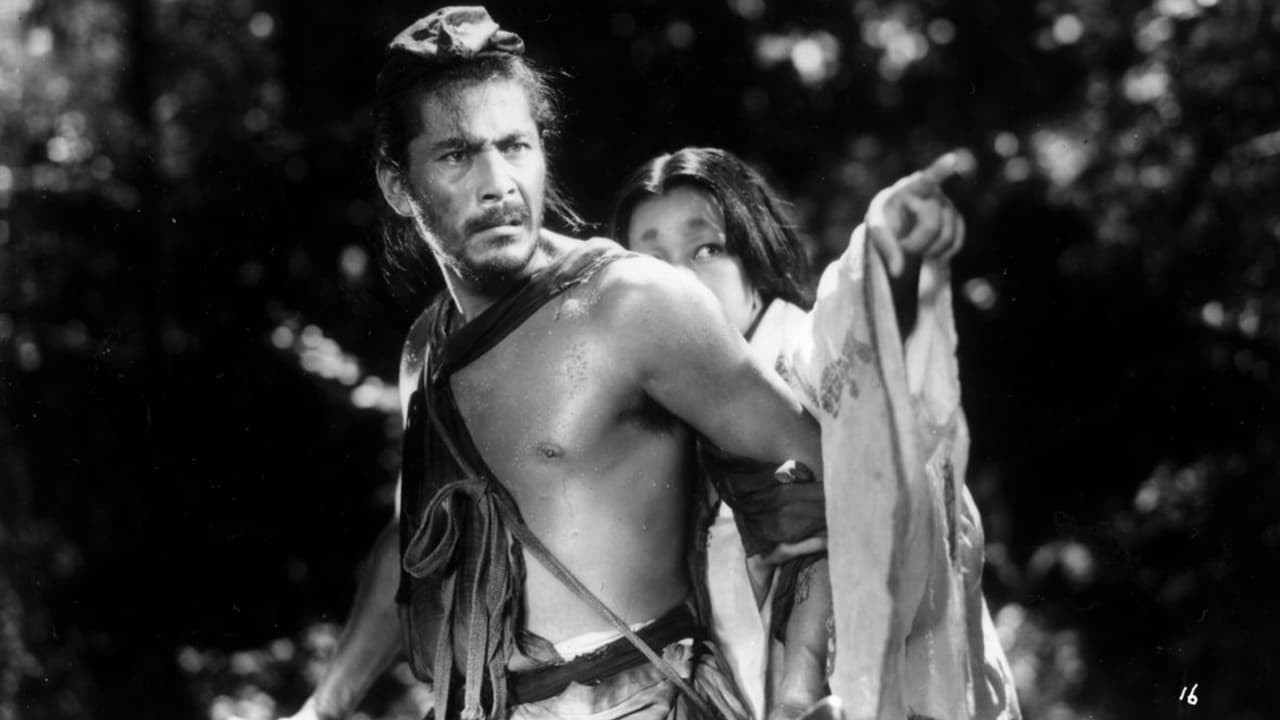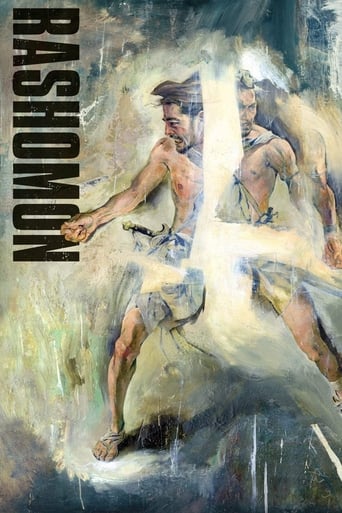

I agree wholeheartedly with the other 2 or 3 people here who were unpretentious enough to be honest and not a lemming. Horrible, and I do mean horrible, acting. The Bandit was so annoying - what's with the unbelievable maniacal laughing and hopping about? Boring. Boring. Boring. Yes, yes. I GET the point of the movie. The premise is interesting but this film is just plain bad. So bad it's laughable. Honestly, if the acting was wasn't so over the top reminiscent of silent film overacting, it would've been at least palatable for me. I do not get the appeal.
... View MoreA heinous crime and its aftermath are recalled from differing points of view. Rashômon is a japanese drama that instead of making people cry it makes them laugh and get bored and that's unfortunately sums up pretty much most of the movies that i have seen from the Top 250 films of all time so far and it's pretty sad i guess now as far as acting goes? the movie was horrible, as far as story goes? pretty much same level as well and as far as script goes? same track as well and if you love this kind of movies see it but if not? skip it and watch something else..
... View MoreThis movie doesn't have that epic feel like many of other Kurosawa's films. There's no war scenes and no western inspired action scenarios. In many ways this is a very simply structured movie by Kurosawa, yet I feel it's his most powerful film. It's just the way he deals with both the darkness of society and eventually... hope. To find hope in such a terrible story of rape, adultery, revenge and murder. This sounds like quite an ugly story but Kurosawa tackles it in a softer manner. Part like a court room drama, and part like a Citizen Kane structure of reflecting on the past. What's interesting is the way Kurosawa has created multiple perspectives on the vital events of this story. The truth depends on the good or evil of each character. This is no clichéd approach to morality. It's sophisticated yet the story itself is very simple, with everyday types of characters. The big difference is the villain of the piece. He is almost cartoonish in his mannerisms, and I wonder why Kurosawa wanted this. Perhaps to show the animalistic nature of man when he is down to his base senses of fulfilling his desires?
... View MoreMaybe 60 long years back this film was a masterpiece. But I watched it in 2017, I frankly did not find anything extraordinary. Even for the styles of 1950s, this film does not seemed as a movie of great content to me.The main reason the movie was mediocre is the story. The story was about mystery but they hyped it as it was a great mystery which baffled the characters of the film. But actually the mystery was stale and unappealing. In every version of the story the final outcome stays the same and there was not much variation between stories.In my opinion it was an average film, does not deserve this high ratings. If you did not watched it yet then do not feel obligated to watch it.
... View More